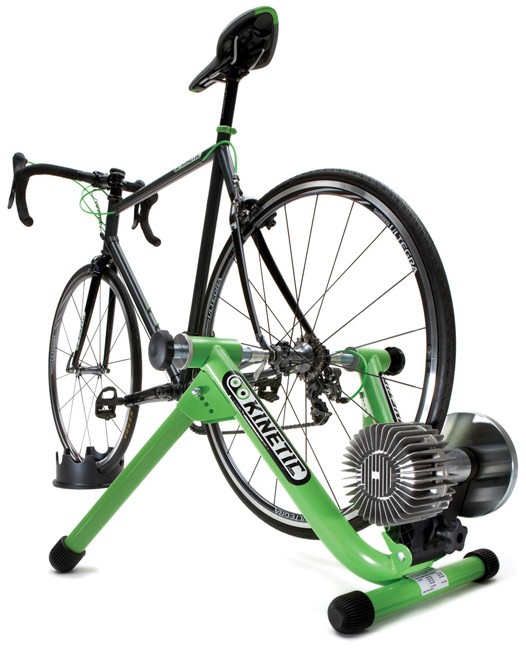Getting into T2, I knew there was a problem. Though I pushed it a little harder for the third loop of the bike, I felt fine overall... except for my left knee.
The Run.
Target Time: 4:00 to 4:30
X-Factor: Knee pain; running a marathon after the bike ride.
Strategy: Start with ten minute miles. Walk through each aid station and get hydration and nutrition.
Result: 5:34
Right off the bat, I knew a ten minute mile would be impossible. Other than my knee, physically I felt fine. Mentally, I knew I was almost home and all I had to do at this point was keep moving forward. The aid stations were spaced more or less a mile apart from each other. This helped me break the run into small, doable segments. At each aid station, I would, at a minimum, take a small cup of Perform energy drink, a water and a piece of banana. Every few miles, I also took in a mini nutrition bar they offered. As the sun set, the aid stations also offered chicken broth, which is rich in sodium - I started taking the broth instead of the energy drink. Since not all aid stations had the same food (some also had pretzels, chips, or coke, while some didn't have broth), I always took whatever they offered towards the beginning of the station just in case. That way, at least I'd have something to drink or eat.
Unfortunately, the knee pain never went away. I had to grit my teeth and just deal with it for the entire 26.2 miles. At times, the pain felt a bit lighter and I'd try to pick up the pace. Mostly though, I dealt with the pain by trying to not bend the knee while doing a light jog. My legs certainly became sore and stiff during the run, but since I was keeping it pretty easy, I still felt I could have pushed much harder, if not for the knee.
 |
| Sunset during IMAZ |
Quick Facts:
Nutrition: At each aid station, take in a minimum of a piece of banana, energy drink and water. Towards the end, substitute broth for energy drink, also take in mini nutrition bars on occasion.
Ironman Arizona Series:
Result
A Really Really Early Morning
The Swim
T1 and the Bike

























